Indoor hibiscus and its care
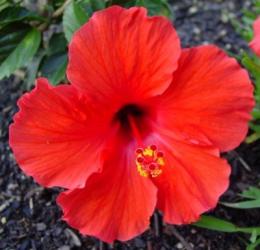
The genus hibiscus belongs to the mallow family. Approximately 300 of its species grow in the tropical regions of Eurasia, America, and the Pacific Islands. Among them are herbs, trees and shrubs. Breeders have also bred many hybrids with flowers of various shades. Common in indoor floriculture hibiscus Chinese rose, blooming profusely from spring to autumn. The plant needs bright diffused light, In winter, direct sunlight is also allowed. Hibiscus is thermophilic, like all tropical plants; at temperatures below 10 degrees it can shed its leaves. From November to February, the plant needs a rest period with moderate watering and an air temperature of 15-16 degrees.
During the growing season, the plant needs water generously, but do not allow water to stagnate, so take care of good drainage. The plant needs high air humidity, it should be regularly spray, this is especially important during the growing season and flowering. The spraying procedure is at the same time a preventive measure against the appearance of spider mites. They feed The plant is given monthly nitrogen-containing fertilizers in the spring and summer, which help prolong the flowering period. In winter, you can apply half the amount of phosphorus-potassium fertilizer.
Reproduces hibiscus cuttings or seeds. Sowing is done in early spring in a mini-greenhouse, after pre-soaking the seeds for 12 hours.After sprouting, regularly ventilate the greenhouse and remove accumulated condensation so that the plant does not get sick with blackleg. You can transplant the seedling into a pot when it has several true leaves. It is better to cut the cuttings in August and root them in a mixture of sand and peat.

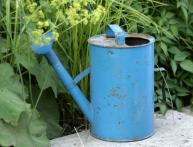
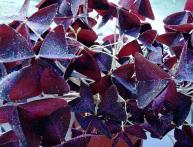


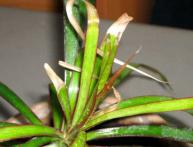


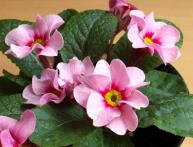
Comments
It seems that caring for him is as easy as shelling pears. But in fact, this indoor flower is a rather capricious creature. Therefore, it is not suitable for beginners.
In order for the plant to have abundant flowering, it is necessary to prune the branches by about 30 centimeters in January-February. Soon new shoots will appear, and flower buds will form on them.